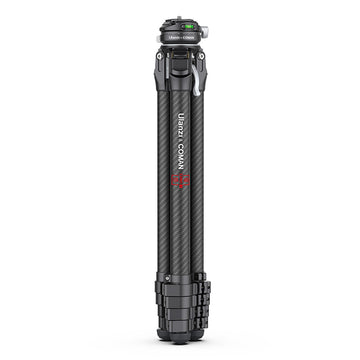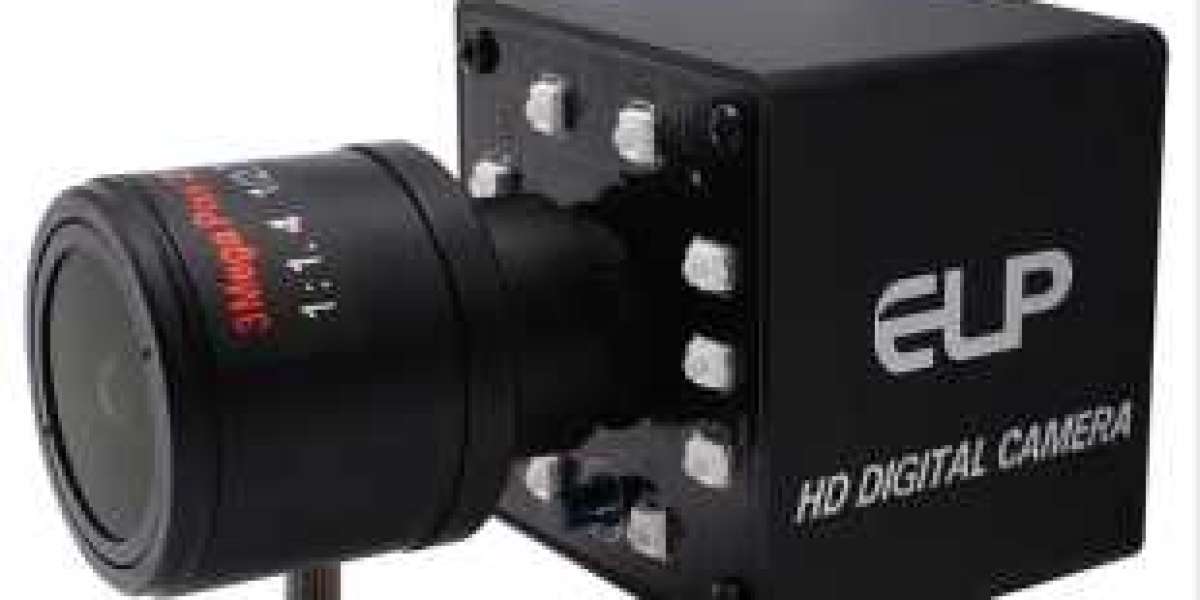When it comes to photography and videography, having a comfortable and ergonomic tripod design can make all the difference in the world. Not only does it provide stability for your equipment, but it also ensures that you can work for extended periods without experiencing discomfort or fatigue. In this article, we will explore the key components of a comfortable tripod design and how they contribute to an improved user experience.

Adjustable Leg Angles
One of the most important features of an ergonomic tripod design is the ability to adjust the leg angles. This allows the tripod to be set up on uneven terrain, providing stability and support for your camera or video equipment. Additionally, adjustable leg angles enable the tripod to be used at different heights, catering to various shooting scenarios. By having this flexibility, photographers and videographers can work comfortably without straining their bodies or compromising the stability of their equipment.
Comfortable Leg Locks
Another crucial component of a comfortable tripod design is the leg locks. These are the mechanisms that secure the tripod legs at the desired length. It is essential for these leg locks to be easy to use and provide a firm grip. This ensures that the tripod legs stay in place during use, preventing any unexpected collapses. Furthermore, comfortable leg locks make it effortless for users to adjust the height of the tripod, allowing for quick and seamless setup in various shooting environments.
Enhanced Stability Features
Stability is paramount when it comes to tripod design, and several features contribute to this aspect. A wider footprint, non-slip rubber feet, and a hook for adding weight are all essential components that enhance the stability of a tripod. These features ensure that the tripod remains steady, even in windy conditions or when supporting heavy camera equipment. By prioritizing stability in the design, photographers and videographers can have peace of mind knowing that their equipment is secure, allowing them to focus on capturing the perfect shot.
Intuitive and Comfortable Controls
Lastly, an ergonomic tripod design should include intuitive and comfortable controls for adjusting the tripod head. Whether it's a ball head, pan-tilt head, or gimbal head, the controls should be easy to reach and operate. Smooth panning and tilting motions, along with precise adjustments, are essential for capturing high-quality images and videos. Additionally, comfortable controls reduce the strain on the user's hands and wrists, enabling them to work for extended periods without discomfort.
In conclusion, an ergonomic tripod design is essential for providing a comfortable and enjoyable shooting experience. By incorporating adjustable leg angles, comfortable leg locks, enhanced stability features, and intuitive controls, tripod manufacturers can ensure that photographers and videographers can work for extended periods without experiencing discomfort or fatigue. Ultimately, a well-designed tripod not only supports the equipment but also supports the user, allowing them to unleash their creativity without physical limitations.








